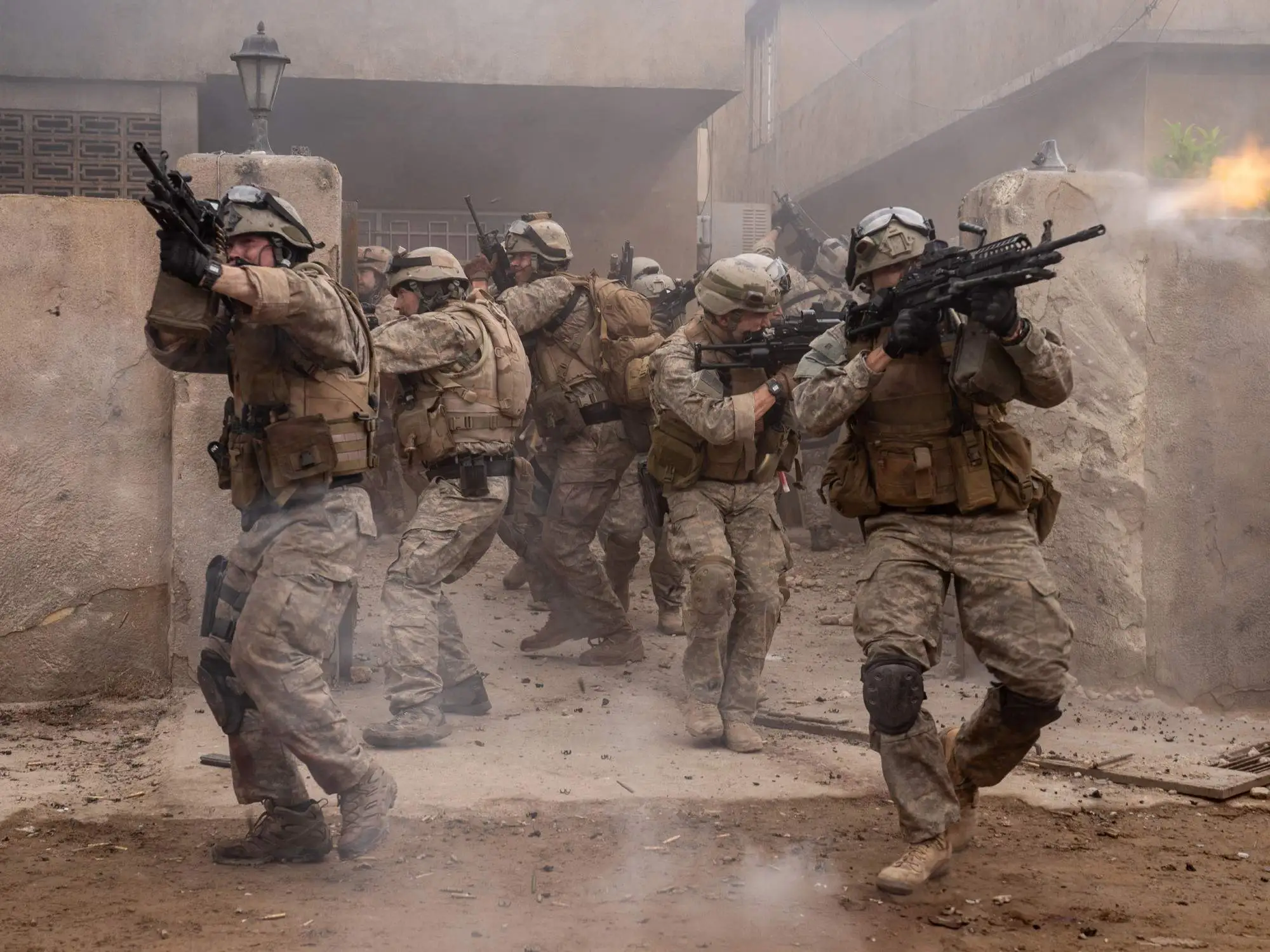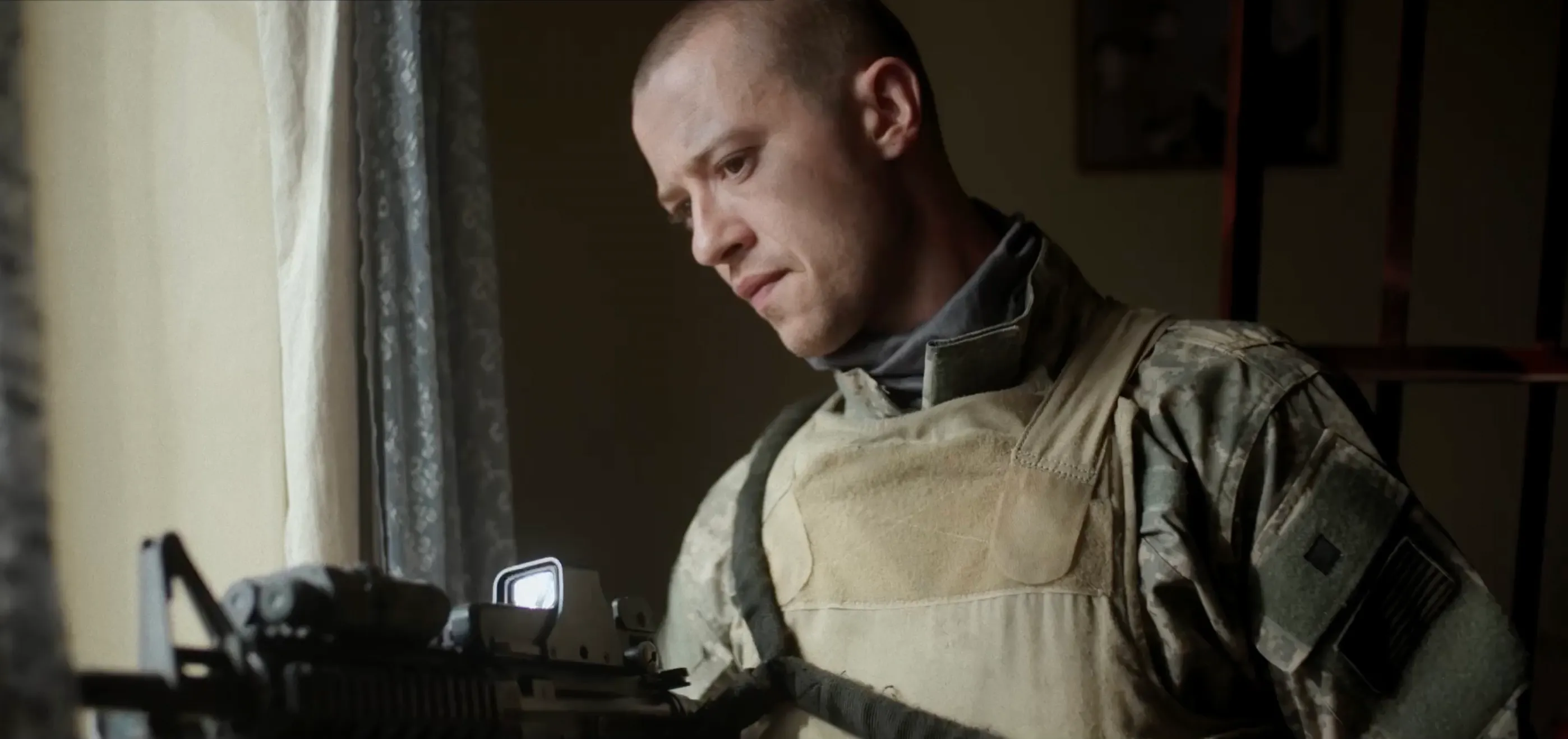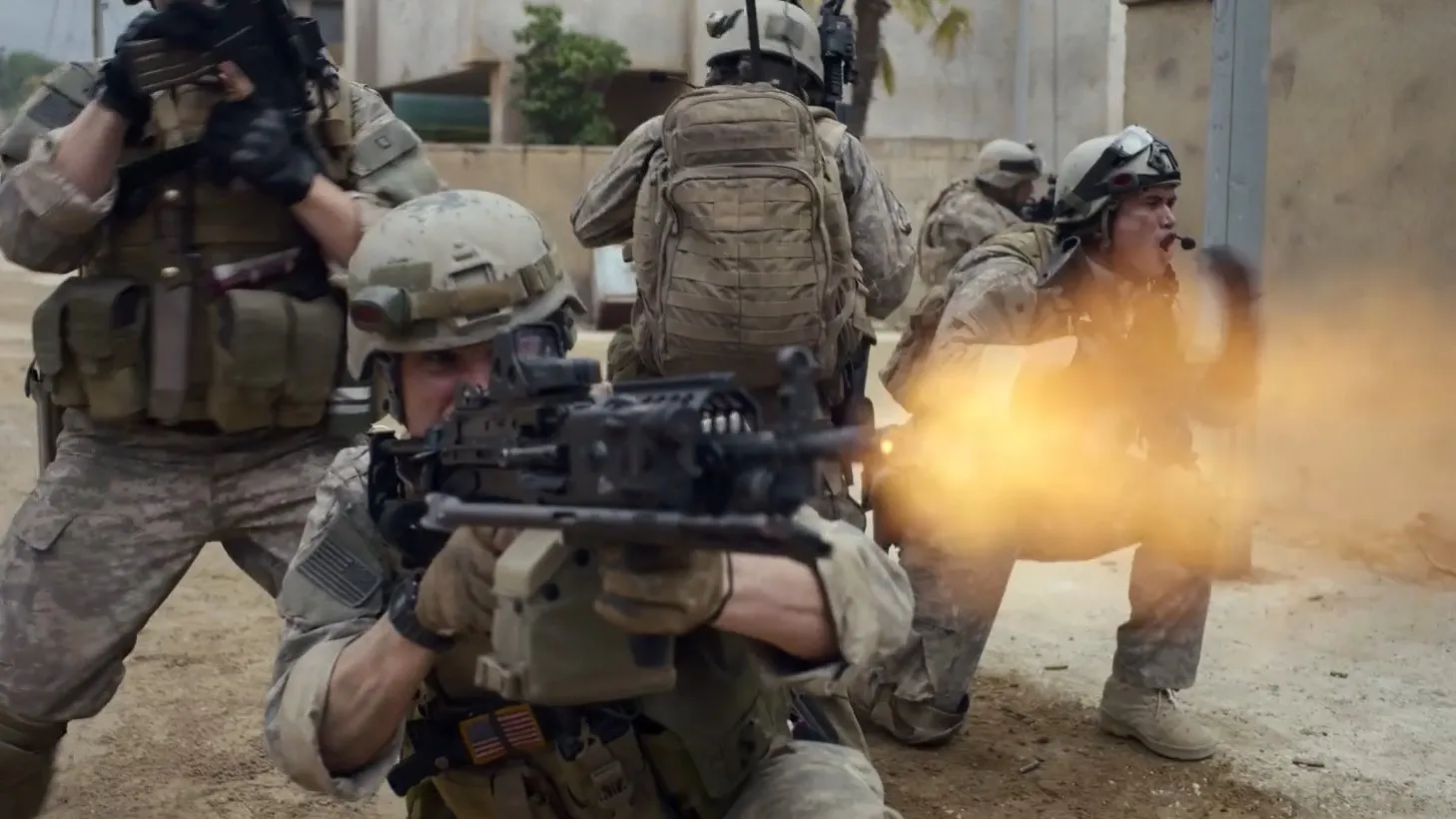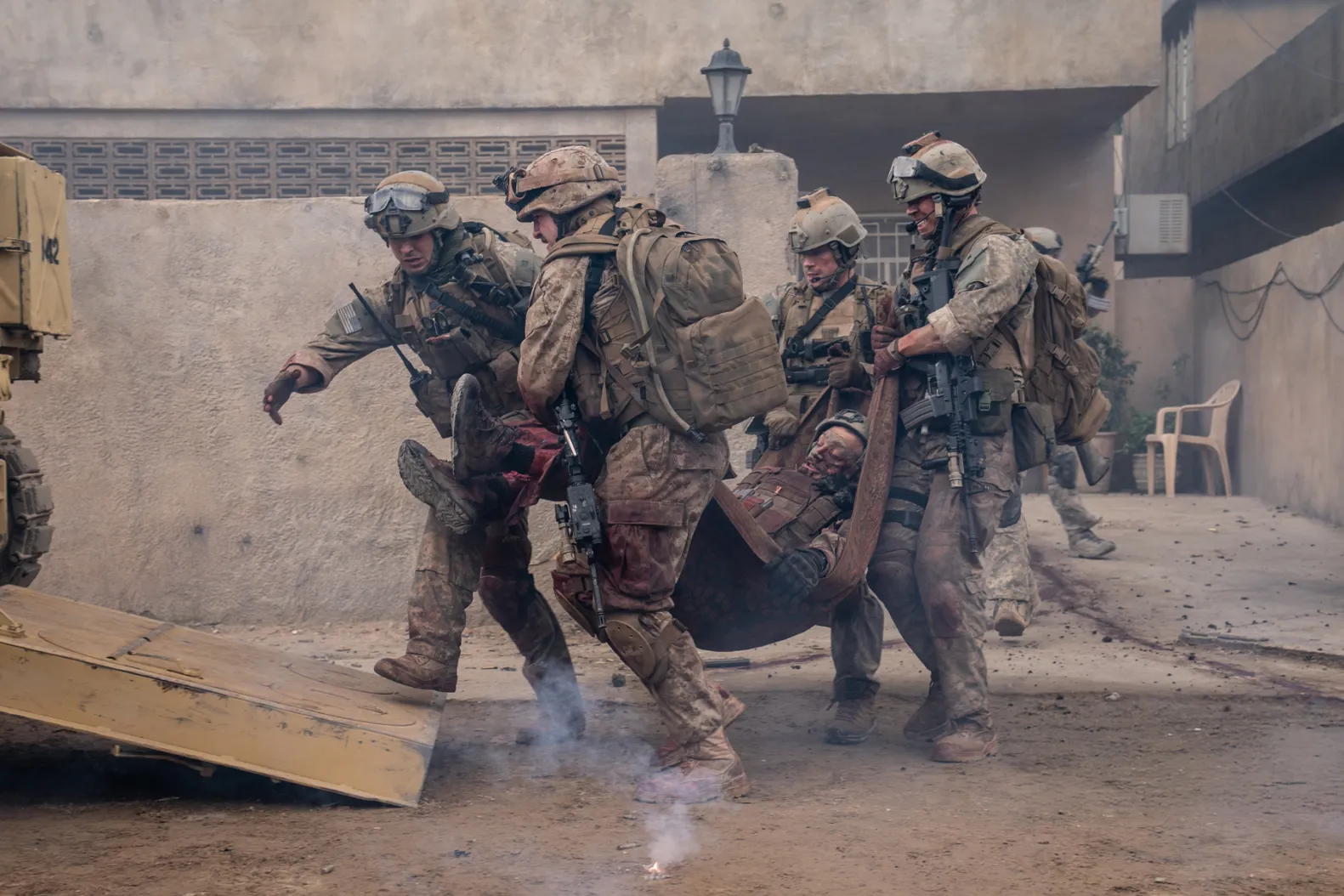Film Review - Warfare (2025)
- Alex Kelaru

- May 9
- 3 min read
Kelaru & Fulton rating: ★★★
Runtime: 1 hr 35 mins
Whenever Alex Garland sets up a project, whether writing, directing, or producing, I pay attention. Not because he is necessarily a high-profile director delivering box office hits, but because he is a screenwriter first and a director second. It is his writing that put him on the map to begin with. His novel The Beach was adapted into a film by Danny Boyle with Leonardo DiCaprio in the lead. Then came his script for 28 Days Later and we all know how that went. Some may forget that he also wrote the script for the excellent sci-fi Sunshine and the down-to-earth drama Never Let Me Go. Yes, he was also the writer for the second iteration of Dredd with Karl Urban, which, let’s just say, was not his shining moment.
Still, it is fair to say that Garland knows how to craft original stories and adapt others’ work in creative ways, like he did with Annihilation based on Jeff VanderMeer’s series of books.
When it comes to directing, Garland has often said that he is not the biggest fan of the process and certainly does not like directing scripts he did not write. Frankly, I am glad to hear it. I would not want to imagine what Ex Machina or Civil War might have looked like in someone else’s hands.
Warfare grew out of Garland’s collaboration with Ray Mendoza during the making of Civil War, where Mendoza, a war veteran, advised on the technical aspects of combat. During that time, Mendoza shared his own harrowing experiences from the war in Iraq, particularly a story where he and his team were pinned down and attacked inside a house in Ramadi. The memories were so brutal and visceral that they decided to work together and develop what became Warfare.
Saying that Warfare has a story is a stretch. As Garland described it, the film is meant to be an “instance of war,” an attempt to transport the audience into a modern warzone to feel, see, and hear war in its rawest form. The plot follows a platoon of Navy SEALs holed up inside a house, waiting for extraction. Beyond survival, there are no other stakes, no subplots, and no broader narrative to follow. The film simply places you alongside the soldiers and immerses you in their experience.
Achieving this effect is no small feat, but Garland uses every tool at his disposal to replicate the chaos of war. From the different gunshot sounds, which vary depending on caliber and whether they are fired indoors or outdoors, to the explicit depictions of wounds and the terrifying “show of force” maneuvers from fighter jets that roar low overhead, everything is captured in painstaking detail.
Sound design is critical in this film, and the filmmakers know it. Once all hell breaks loose about thirty or forty minutes in, the sounds of battle become almost overwhelming, with bullets slicing through the air and explosions shaking the cinema’s surround system. In one powerful scene, the evacuation attempt is halted by a massive explosion that leaves the team disoriented. The sound is muffled to replicate the effect inside a soldier’s helmet, where gunfire, screams, and frantic breathing blend into a terrifying blur as they scramble to carry their dead and wounded comrades back into the house.
As impressive as the technical achievements are, there is not much else to latch onto. If you are looking for a deeper message, there is little beyond the simple and familiar notion that “war is bad.” In today’s landscape, more nuanced portrayals of war’s consequences exist, and the documentary world, in particular, has been far more effective at capturing the short and long-term impacts of warfare. Without a stronger narrative backbone, Warfare struggles to escape the long shadows cast by films like Saving Private Ryan or documentaries such as Restrepo and No End in Sight.
While decisively excellent in its technical execution, I think Warfare will mostly appeal to hardcore war film enthusiasts who want a brutally realistic depiction of combat. I doubt many veterans will want to sit through it, given how close it hews to the real thing, and general film fans like myself are likely to come away disappointed by its safe, narrow approach to a subject that holds so much more potential.
%20Logo%20Black%20over%20White.png)








